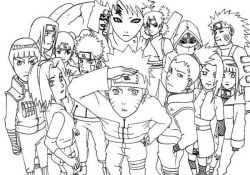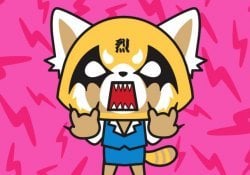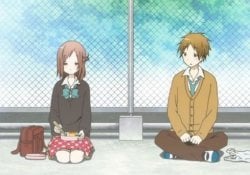The puppeteers of a bunraku are like gods incarnate. - JeanLouis Barrault (via Jaq Latine @AODCNews)
Derived from bunrazuka and also known as Ningyō jōruri (人形浄瑠璃), bunraku is nothing more than a type of theater with a strong cultural root. Its attraction consists of a puppet theatrical performance manipulated by three puppeteers, thus making the bunraku the only type of puppet theater to use three puppeteers to drive a single puppet.
Bunraku reached its peak in the 17th century, through the talent of Chikamatsu and Takemoto Gidayu (1651-1714). It was Chikamatsu who brought human feelings into the Bunraku atmosphere (mostly passion and later suicide for love, being considered a Japanese Shakespeare) and also issues of moral and ethical values; while Gidayu created the term Tayu, which is the designation of the one who leads the narrative form in the theater.
At that time, the puppets were operated by a single manipulator. Soon then, puppets with three handlers appeared in the mid-eighteenth century, giving greater mobility and emphasis to the main characters of each theatrical attraction. (Fragment adapted from Wikia.)
Índice de Conteúdo
The role of each puppeteer
The function of each puppeteer is distinguished in their number, being then these three functions:
Main puppeteer (Omo-zukai): He inserts his left hand into the hip hole and holds the neck rod between his thumb and forefinger, thus supporting the doll. Then, use the remaining 3 fingers of the hand to manipulate the wires that move the eyes, mouth, and eyebrow.
Your right hand is used to move the puppet's right arm. Its function is to move the head, support the puppet's weight and move the right arm. He usually presents himself with his face uncovered, wears high clogs (gheta) and white gloves.
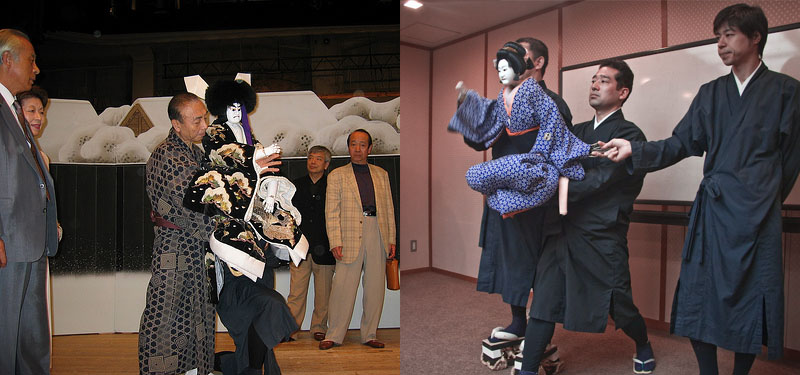
Secondary puppeteer (Hidari-zukai): its function is to move the puppet's left hand observing the direction of the head and the other arm, guided by the omo-zukai. He wears black gloves, has his face covered, and wears straw slippers (zori).
Tertiary Puppeteer (Ashi-zukai): it's what moves the dolls' feet. There's a rule: female dolls don't have feet, so it's up to the handler to create the illusion of leg and foot movements, using the hem of her kimono. He also wears straw slippers. This being the most laborious as the puppeteer needs to be covered while bent over without the audience seeing him all the time.
The coordination of each character is vitally dependent on the perfect synchronization of the three puppeteers. Acting in this way is a technique that comes from years of practice and training, although,o emphasize that there are no schools, properly speaking, that teach these techniques. In bunraku you learn by watching and imitating.
puppet structure
Half the size of an average adult, the puppets weigh between 10 and 15 kilos. However, there are special puppets that weigh up to 20 kilos; as an example the “High Luxury Courtesan (Keisei)” puppet and the warrior puppet, both heavier due to their special adornments.
There is also a differentiation in the material used in each puppet, according to the refinement needed for any character in question. It is worth remembering that the male characters have the movement of the mouth and eyebrows, while the female has the movement of the eyelids and a hook so that it is possible to attach the sleeve of the kimono in situations of grief or sadness.
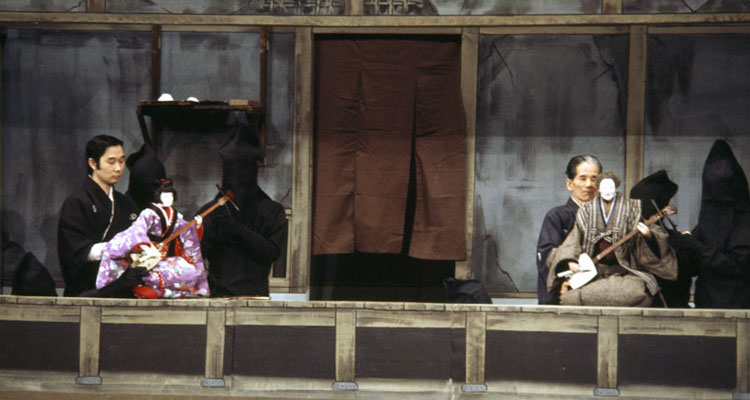
The sound accompaniment
A performance also features Tayu: whoever recites the Joruri, which is a poetic form similar to an epic drama, and the musician from Shamisen which, with the instrument, provides musical accompaniment for recitation and manipulation of the puppets.
In a simple way it can be said that the type of story narrated by Tayu is an epic poem written in a dramatic way and Shamisen accompanies the narrative creating a musical atmosphere so that the puppets act according to the melody producing a combined effect, similar to a opera performance.
We can emphasize: Joruri is not just a type of song with melody and rhythm because it explains through music, the course of the show. In this task, Tayu uses different tones of voice to distinguish male and female roles or to show emotions. It is precisely Joruri's interpretation that can differentiate the presentation of the pieces.
The article is still halfway through, but we recommend also reading:
The bunraku these days?
At the end of the golden age, from the middle of the 18th century, bunraku went into decline as Western techniques were introduced into the artistic milieu.

